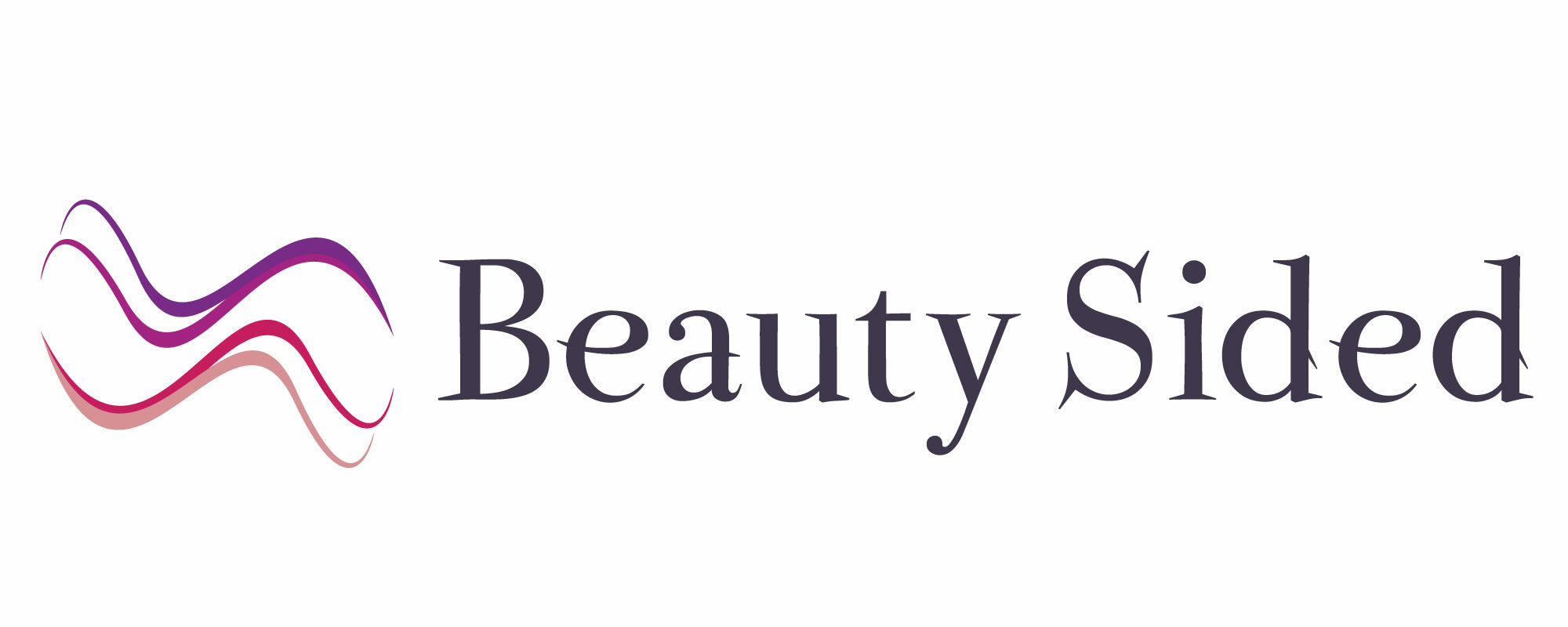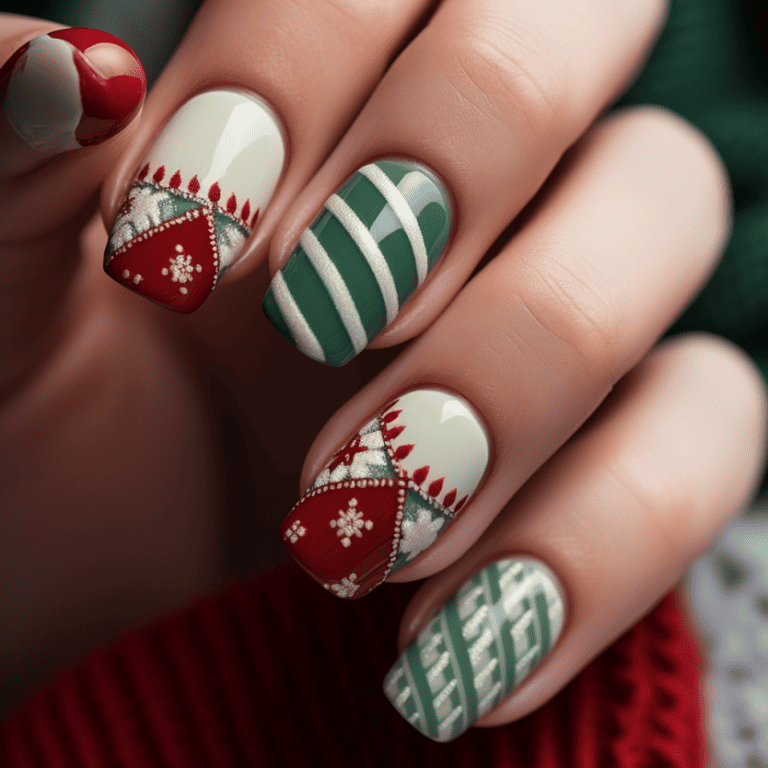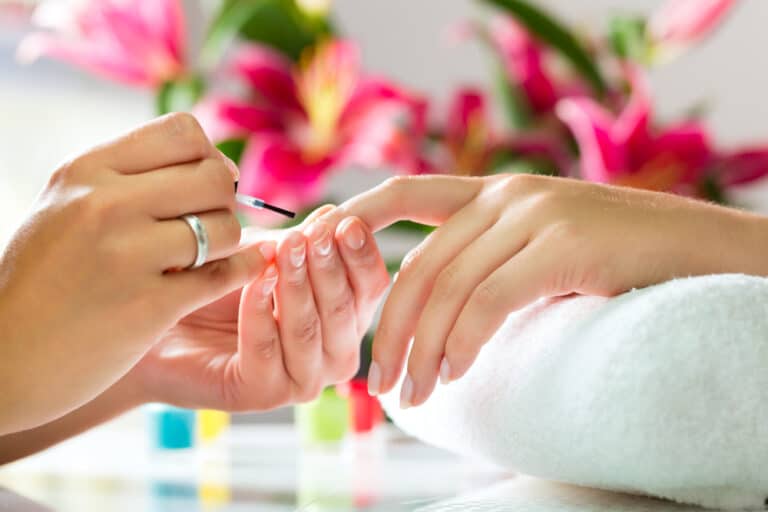Why Do I Look Better In The Mirror? (10 Potential Reasons)

When we look at ourselves in the mirror, we might see a slightly distorted version of ourselves looking back at us.
Our reflections may make us look wider, thinner, shorter, or taller.
They may change our facial structure and make our features appear odd.
When we compare ourselves in photos to our reflections, something may seem off.
However, some people like the way they look in a mirror better than in person or from what they see in a photo.
Either way, it’s hard to get a truly accurate impression of what we look like to others and it’s best to keep in mind that our perception is all relative.
Why Do I Look Better in the Mirror? (10 Potential Reasons)
1. Mirrors Present a Flipped Image

The biggest reason we appear differently in mirrors than we do in photos or in our minds is that mirrors show a flipped image.
So, what you’re seeing in the mirror is backward from reality.
For example, your right eye presents as your left in the mirror, and your left presents as your right in the mirror.
The same goes for all of your features.
So, there’s a good chance you prefer the flipped version of yourself more than the actual version of yourself.
Not all faces are symmetrical, so if your facial features tend to be more pronounced on one side of your face, then they’ll fall to the other side in the mirror, and this image may be preferable to you than reality.
If you’re used to noticing flaws in photos, they may be hidden when you look in the mirror and see your reverse image.
2. Better Lighting

Not all bathrooms have great lighting, and of course, the lighting will be different wherever your mirror is.
Generally speaking, we choose bathroom lighting in our homes that flatters us.
Most mirrors that we look into are in the bathroom and accompanied by overhead lighting, giving us the light exposure that best suits our features.
Lighting in photos can vary and be drastically different in every photo, giving us a confusing perception of ourselves.
Lighting plays such a big role in how we appear in both photos and in mirrors.
Since most mirror lighting is stable, direct, and fixed to specifically highlight our features to let us see ourselves clearly, we probably like what we see looking back at us better.
Uncontrolled lighting makes for unpredictable images, and we won’t know how we’ll look in photos until we glance at our phones or get tagged on social media by a friend.
Some bathrooms also have warmer lighting that is more forgiving of our imperfections, as opposed to the bright and unfiltered natural lighting outdoors or in the outside world.
3. Immediate Feedback

When we look at ourselves in the mirror, we’re able to give ourselves immediate feedback.
We don’t have to wait for photos to develop or even wait to look at our phones after snapping a selfie.
With immediate feedback, we can change whatever isn’t appealing and find the look we like.
Practicing your best “blue steel” in the mirror in advance may be beneficial before you go out in the world and pose for photos.
You’ll know exactly what facial expressions look best on you, how to maximize your best features, and how to present your body to those you meet.
Sometimes we don’t stop and think about how we carry ourselves until we see it from the outside.
Using a mirror to practice our poses and expressions gives us the upper hand in perfecting our selfies.
You’ll be ready to duplicate the expressions you preferred in the mirror in your photos.
4. Mere Exposure Effect

The “Mere Exposure Effect” comes from a theory by scientist Robert Zajonc who hypothesized that individuals are more drawn to repeated stimuli over time as opposed to new stimuli.
Since most of us look at ourselves in the mirror every single day, we’ve grown accustomed to our reflection.
We tend to prefer the mirrored version of ourselves over the way we look in pictures because we look at pictures of ourselves less often.
Simply Psychology states, “According to Zajonc’s mere exposure hypothesis, the repeated exposure of an individual to a stimulus is sufficient for that individual to develop a more enhanced attitude toward that stimulus.”
In other words, the more we see ourselves in the mirror, the more we prefer that image.
This could also explain why sometimes we’re surprised at how we look in pictures or how shocking other peoples’ interpretations of us can be.
Even though the mirror image of ourselves isn’t a true representation of our looks, we learn to like it more and grow to be comfortable with it.
Zajonc proposes that the first few exposures affect us more than repeated exposure which may be why we’re more ingrained to prefer mirror images of ourselves since we have been seeing them since we were young.
5. You’re Comparing Your Reflection to a Selfie

Once we’ve grown accustomed to how we look in the mirror and start to prefer it over our appearance in photos, it’s hard to go back again and appreciate our actual appearance.
Selfie technology captures your true image without the mirror effect.
For example, in a selfie or photograph, your right arm still looks like your right arm.
If you take a picture of yourself in the mirror and then take a selfie, you can clearly see the difference.
Though this still might tap into the “Mere Exposure Effect,” as you prefer the mirror version over the selfie version, there are some other explanations.
For instance, though selfie technology has improved as phones have evolved, it still hasn’t gotten to the level of advanced camera technology.
This makes most selfies appear grainier than front-facing camera photographs.
Selfie lenses don’t dissipate lighting as well and photos come across as harsher and more pixelated because of it.
This will deeply affect your preference for selfies compared to mirror reflections.
There is also often lens distortion when taking selfies, amplifying features you don’t like.
6. You’re Getting a 3-D Look at Yourself in the Mirror

Similarly to comparing our mirror version with our selfies, we don’t get the full picture when seeing ourselves in a photograph.
Photos, including selfies, only give us a 2-D image of ourselves, whereas a mirror lets us see ourselves in 3-D.
Though 2-D can be more forgiving of imperfections, we often look strange to ourselves when looking at a 2-D image.
3-D images give us the full picture and let us see all of our features, making our face and body features pop.
Though photos present us the correct way, or at least in the way that people see us, they fail to show our 3rd dimension.
Therefore, a mirror image of us can also be seen as a more realistic version.
7. You’re More Relaxed in Front of a Mirror

Chances are if you’re studying yourself in a mirror, you’re probably in the privacy of your own home, or at least not out in public surrounded by strangers.
When you’re home and in front of a mirror, you’re way more relaxed and comfortable.
You may not think your face changes much from the inside to the outside world, but it really does.
We use all different kinds of facial muscles and various expressions when reacting to others, constantly changing the way our face looks and moves.
When we’re in the safety of isolation, our facial muscles relax, and we’re able to present our true selves.
If you’re comparing your mirror self with photos, you’re most likely not smiling as you would in a photo while standing in front of a mirror, which affects a lot of other facial features like your eyes and forehead.
A relaxed and comfortable face probably looks better to you than a scrunched-up, artificial appearance.
8. Camera Angles Present Different Looks

Again, if you’re comparing your mirror self to your appearance in photos, the problem might be with the camera taking the photos.
Each camera lens is different and will make you look different in return.
For example, wide-angle lenses will make you appear different than close-ups.
This can all change due to the way the lens refracts light, shutter speed, and all kinds of minute tweaks.
Extreme examples of lens distortion are seen in fish-eye lenses, which are incredibly wide lenses that essentially capture a wide landscape and compress it into the camera frame.
In doing so, it stretches the outside of the frame and compresses the middle of it creating a warped version of reality.
If we’re used to seeing ourselves through the effects of various lenses, there’s a good chance we prefer what we know, which is our mirrored version.
9. You’re Standing Too Close to the Mirror

When you’re looking at yourself in the mirror, you’re probably looking very closely.
We usually only stand a foot or so away from the mirror when looking into it.
Most people do not look at us that closely and most photographs are not taken that closely, giving us a different perception of ourselves.
When we look in the mirror, we might like what we see better because we’re seeing a close-up of ourselves.
If you move further back from the mirror, you might see yourself differently—either good or bad.
Some people prefer close-ups, while others don’t.
This is just a matter of preference and perception.
As Gizmodo points out, “People stand close to mirrors, but see their whole selves.
This provides a reasonable perspective, but a unique one: it’s the perspective of a person standing near to you, eyes proportionately closer to your head than to your feet.”
10. It’s Your Own Perspective

Keeping the fact that this is only your perspective in mind is critical to creating a full picture of yourself.
Though we sometimes can’t do much to change our self-image, it’s good to keep in mind that self-image is just that—it’s ours.
The term “better” is completely subjective, so though we may think we look better in the mirror than in photos, that’s only our opinion.
The same goes for comparison to other people.
“Better” is only a matter of taste and everyone prefers something different.
One person’s “better” is different from another person’s “better.”
There’s no true universal “best” look to strive for.
When we look in the mirror, we instinctually position our faces to please ourselves at that moment.
It might not be an everyday pose we do often, but it helps build our self-esteem.
There’s nothing wrong with that—but just keep the big picture in mind.
The reality is you can’t bring your mirror-self out in public—its flipped image lives only in reflections.
So becoming okay with how you look no matter what is crucial to building self-esteem and confidence.






